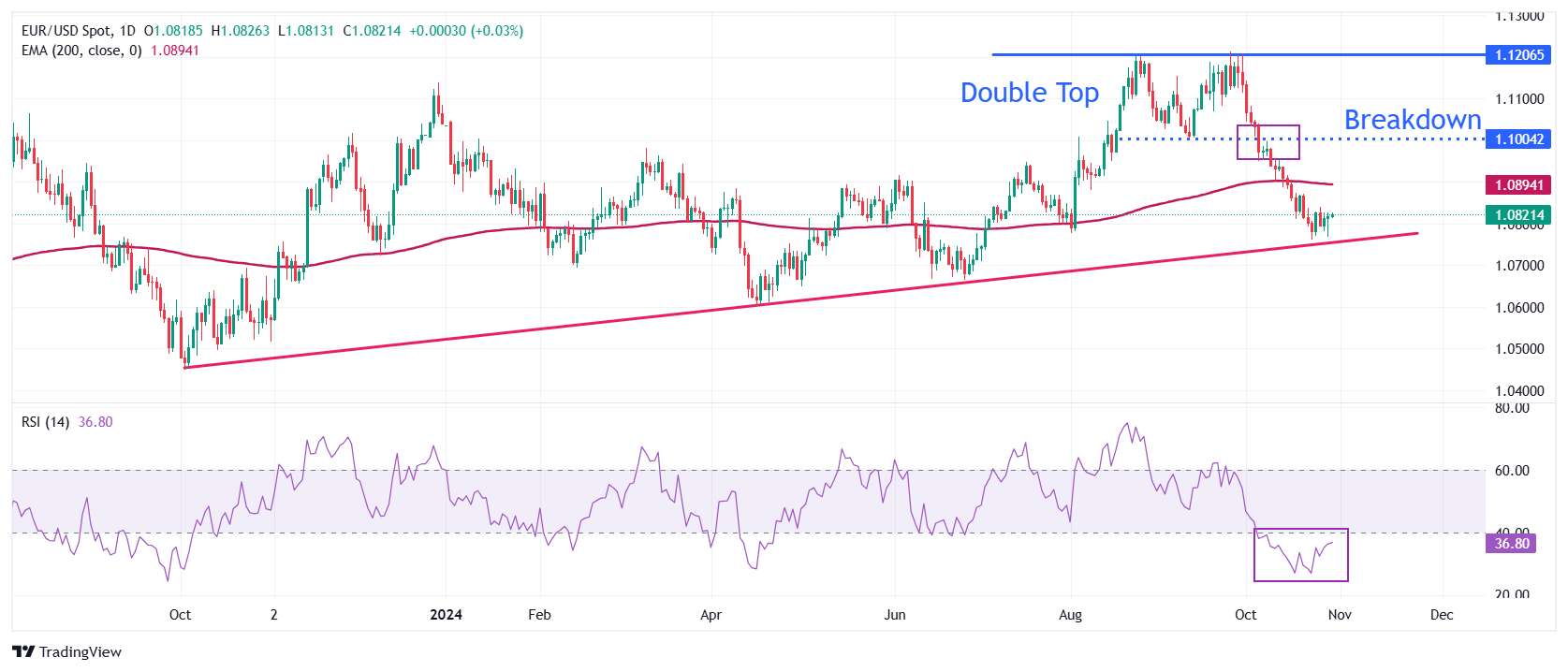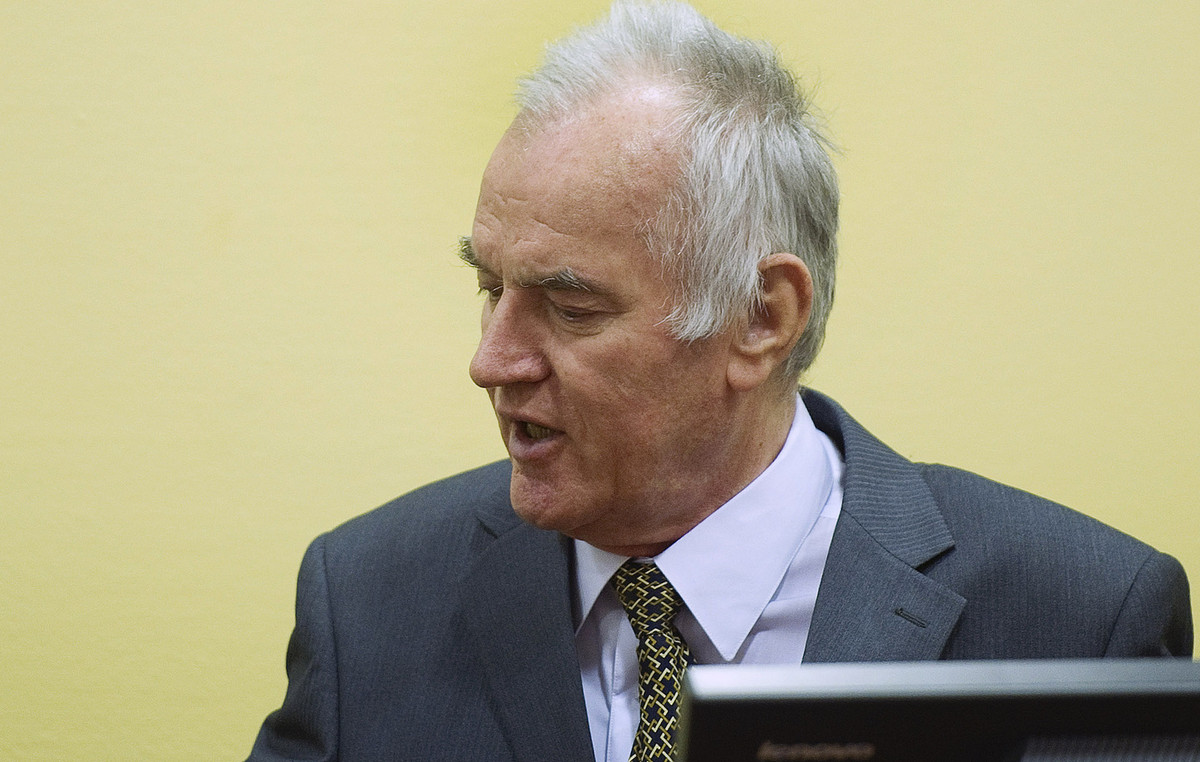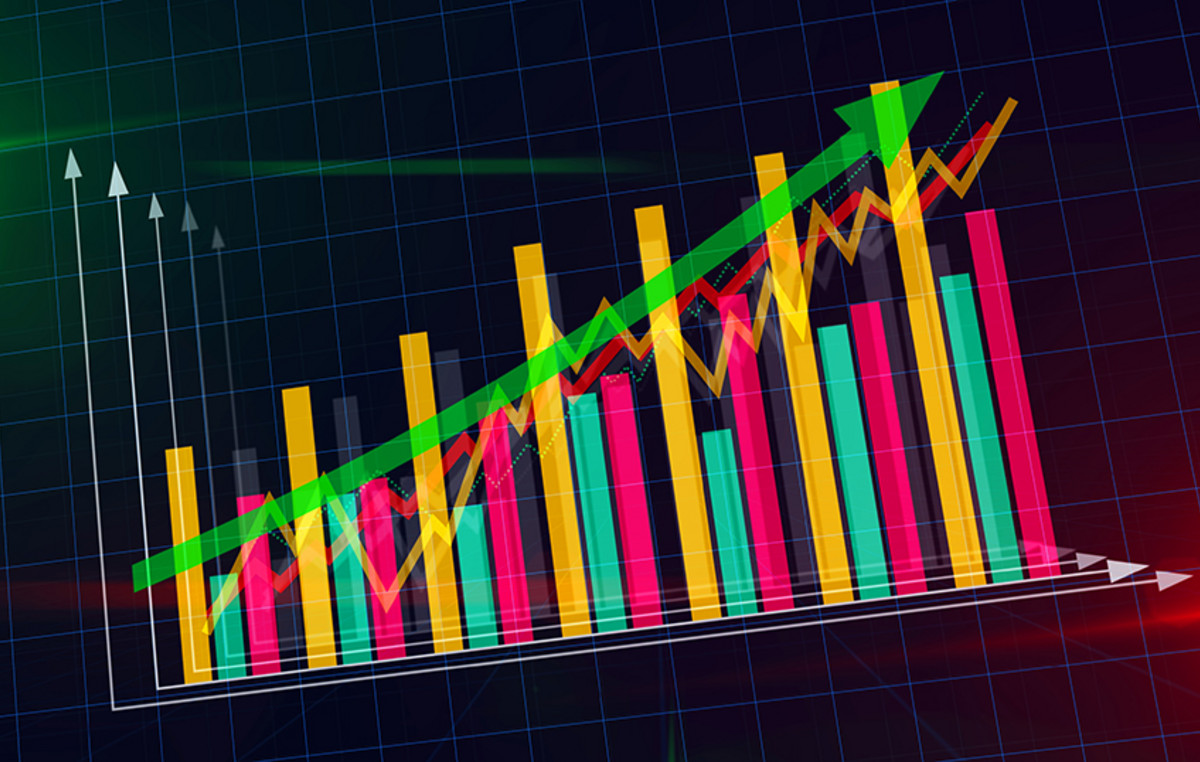- EUR/USD remains sideways around 1.0800 ahead of the release of key economic data from both the Eurozone and the US.
- The French economy grew by 0.4%, as expected, in the third quarter of the year.
- Trump’s victory in the US presidential election could have an adverse impact on Eurozone growth.
EUR/USD is trading near Tuesday’s high, slightly above 1.0800 in the European session on Wednesday. The major currency pair remains sideways for the third day in a row as investors await key macroeconomic data from both the Eurozone and the United States (US) that are likely to inject volatility into the pair.
In Europe, preliminary October Harmonized Index of Consumer Prices (HICP) data from Germany and six of its states, and Spain, will indicate whether inflation pressures remain within the European Central Bank’s (ECB) 2% target.
Economists estimate that the German HICP has grown at a faster pace of 2.1% from 1.8% in September, while inflation in Spain is expected to have remained below 2%.
Unless there is a big upside surprise, the impact of the inflation data is expected to be less significant on the ECB’s interest rate action at its next policy meeting in December, as officials see pressures on prices soften faster than the central bank had anticipated.
Recent comments from ECB policymakers have indicated that they are concerned about inflation remaining persistently low due to weakening economic growth. Market participants are concerned about the outlook for the Eurozone economy.
Meanwhile, uncertainty remains ahead of the US presidential election. Although national polls have indicated a close race between former US President Donald Trump and current Vice President Kamala Harris, traders appear to be pricing in a victory of Trump, which would also have profound repercussions for the Eurozone.
Trump has promised a universal 10% tariff on all imports except those from China, which would face even higher tariffs. The threat of tariffs could significantly impact the Eurozone’s powerful export sector. The investment banking firm Goldman Sachs projects a 1% drop in the Eurozone’s Gross Domestic Product (GDP) if a 10% universal tariff is imposed.
In Wednesday’s session, investors will also focus on preliminary third-quarter GDP data for the Eurozone and its main regions. Market participants will pay particular attention to Germany’s growth figures as the region’s largest economy is expected to contract for a second consecutive quarter.
Meanwhile, France’s preliminary third-quarter GDP grew at an expected pace of 0.4%, faster than the 0.2% in the second quarter of this year.
Daily Market Summary: EUR/USD on the Sidelines as US Dollar Recovery Stalls
- EUR/USD remains sideways while the US Dollar (USD) recovery appears to have stalled. The USD faces pressure after weak United States (US) JOLTS job openings data for September has renewed fears of labor market problems. The US Dollar Index (DXY), which measures the value of the Dollar against six major currencies, falls near 104.20.
- Job openings data on Tuesday showed new openings stood at 7.443 million, below estimates of 7.99 million and the previous release of 7.861 million. Weak job offers pointed to lower labor demand, which maintained the Federal Reserve’s (Fed) moderate bets for the rest of the year. According to a Reuters poll from October 23 to 29, the Fed will cut interest rates by 25 basis points (bps) at the November and December policy meetings.
- For more clues on interest rates, investors will focus on ADP employment change data and preliminary US third-quarter GDP data, due in the North American session. Economists expect the private sector to have added 115,000 new workers in October, down from 143,000 in September. Meanwhile, the US economy is expected to have grown at a steady 3.0% annualized.
- Later in the week, investors will be watching Nonfarm Payrolls and ISM Manufacturing PMI data for October, and Personal Consumption Expenditure Price Index (PCE) data for September.
Technical Analysis: EUR/USD remains within a tight range around 1.0800
EUR/USD consolidates around 1.0800 in European trading hours on Wednesday. The shared currency pair continues to hold above the ascending trend line near 1.0750, which is drawn from the October 3, 2023 low around 1.0450 on the daily time frame. However, the overall outlook for the major currency pair remains bearish as it remains below the 200-day EMA, which is trading around 1.0900.
The downward move in the shared currency pair began after a breakout of a double top formation on the daily time frame near the September 11 low around 1.1000, resulting in a bearish reversal.
The 14-day Relative Strength Index (RSI) remains in the range of 20.00-40.00, pointing to more weakness ahead.
To the downside, the main pair could see more weakness towards the round support level of 1.0700 if it falls below 1.0750. Meanwhile, the 200-day EMA near 1.0900 and the psychological figure of 1.1000 emerge as key resistances.
The Euro FAQs
The Euro is the currency of the 19 countries of the European Union that belong to the eurozone. It is the second most traded currency in the world, behind the US dollar. In 2022, it accounted for 31% of all foreign exchange transactions, with an average daily turnover of more than $2.2 trillion per day. EUR/USD is the most traded currency pair in the world, accounting for an estimated 30% of all transactions, followed by EUR/JPY (4%), EUR/GBP (3%) and EUR/AUD (2 %).
The European Central Bank (ECB), headquartered in Frankfurt, Germany, is the reserve bank of the eurozone. The ECB sets interest rates and manages monetary policy. The ECB’s primary mandate is to maintain price stability, which means controlling inflation or stimulating growth. Its main tool is the increase or decrease in interest rates. Relatively high interest rates (or the expectation of higher rates) tend to benefit the euro and vice versa. The Governing Council of the ECB makes decisions on monetary policy at meetings held eight times a year. Decisions are made by the directors of the Eurozone’s national banks and six permanent members, including ECB President Christine Lagarde.
Eurozone inflation data, measured by the Harmonized Index of Consumer Prices (HICP), are an important econometric indicator for the euro. If inflation rises more than expected, especially if it exceeds the ECB’s 2% target, it forces the ECB to raise interest rates to bring it back under control. Relatively high interest rates compared to their counterparts tend to benefit the euro, making the region more attractive as a place for global investors to park their money.
The published data measures the health of the economy and may have an impact on the euro. Indicators such as GDP, manufacturing and services PMIs, employment and consumer confidence surveys can influence the direction of the single currency. A strong economy is good for the Euro. Not only does it attract more foreign investment, but it may encourage the ECB to raise interest rates, which will directly strengthen the euro. Otherwise, if economic data is weak, the Euro is likely to fall. Economic data for the four largest eurozone economies (Germany, France, Italy and Spain) are especially significant, as they represent 75% of the eurozone economy.
Another important data that is published about the Euro is the trade balance. This indicator measures the difference between what a country earns from its exports and what it spends on imports during a given period. If a country produces highly in-demand export products, its currency will gain value simply from the additional demand created by foreign buyers seeking to purchase those goods. Therefore, a positive net trade balance strengthens a currency and vice versa in the case of a negative balance.
Source: Fx Street
I am Joshua Winder, a senior-level journalist and editor at World Stock Market. I specialize in covering news related to the stock market and economic trends. With more than 8 years of experience in this field, I have become an expert in financial reporting.








